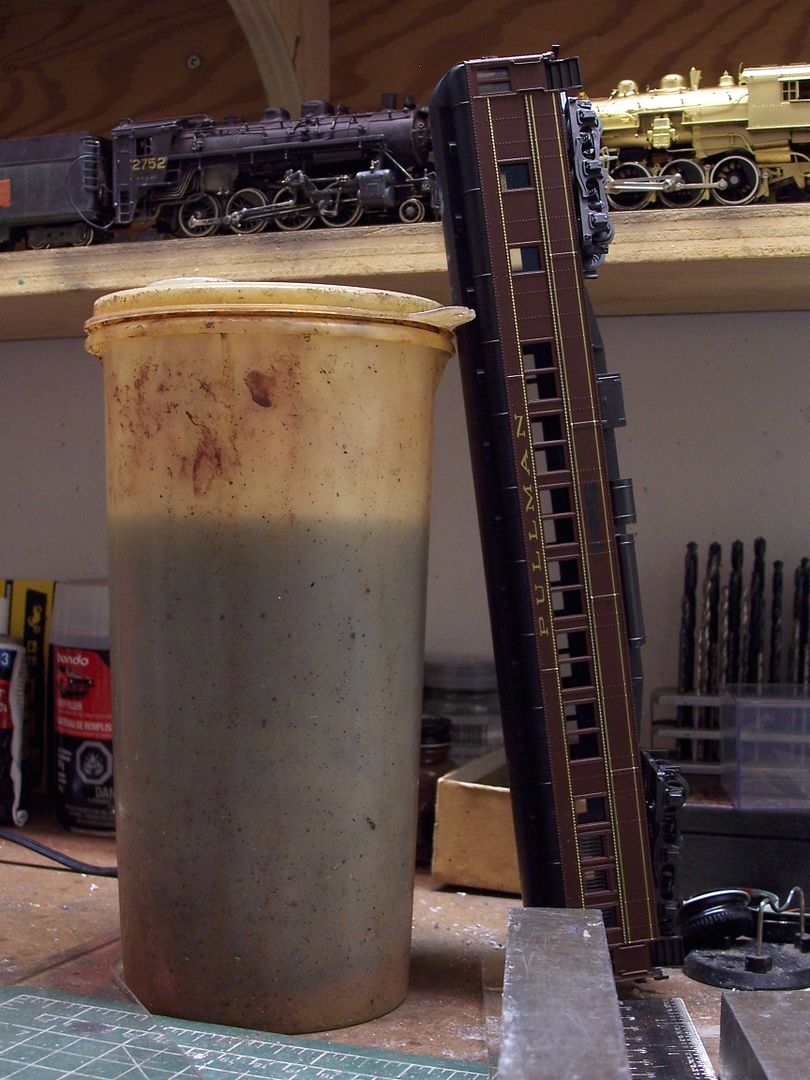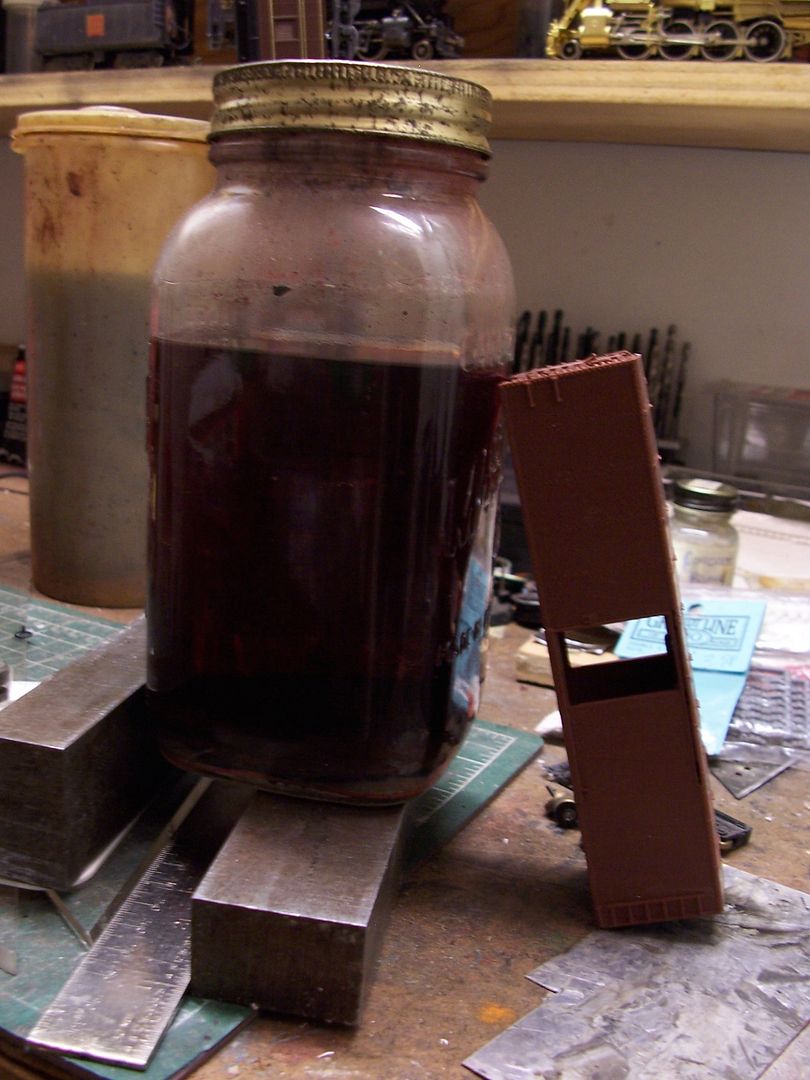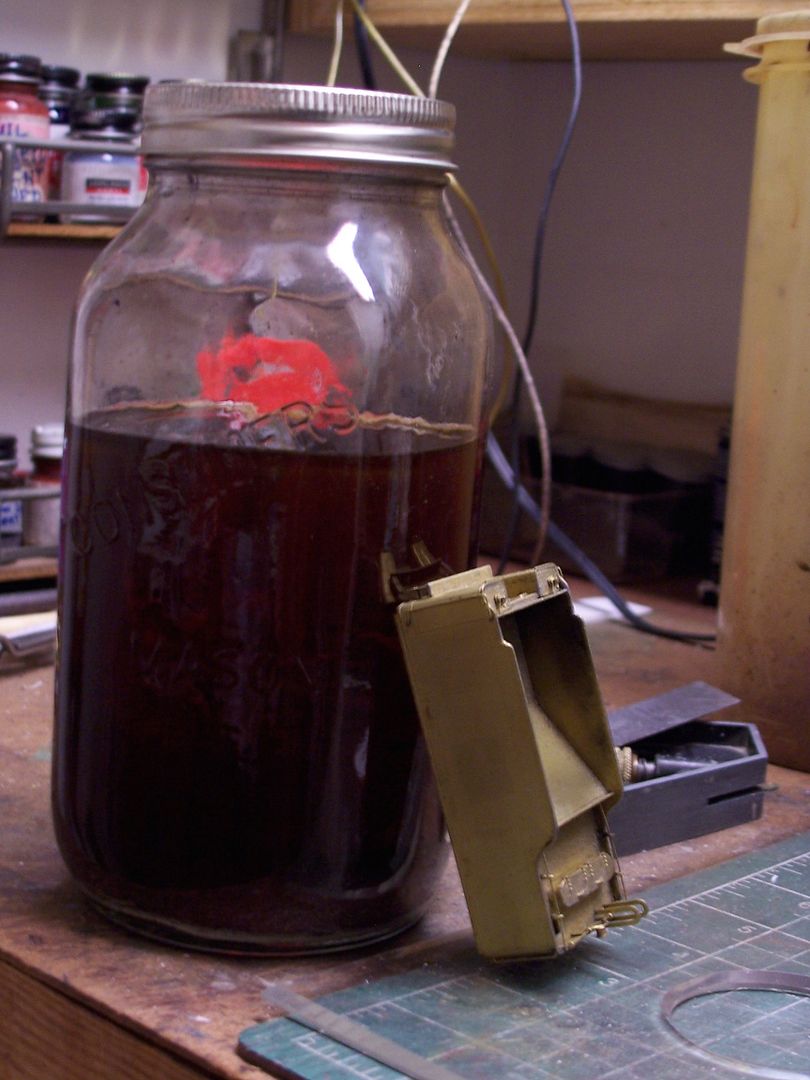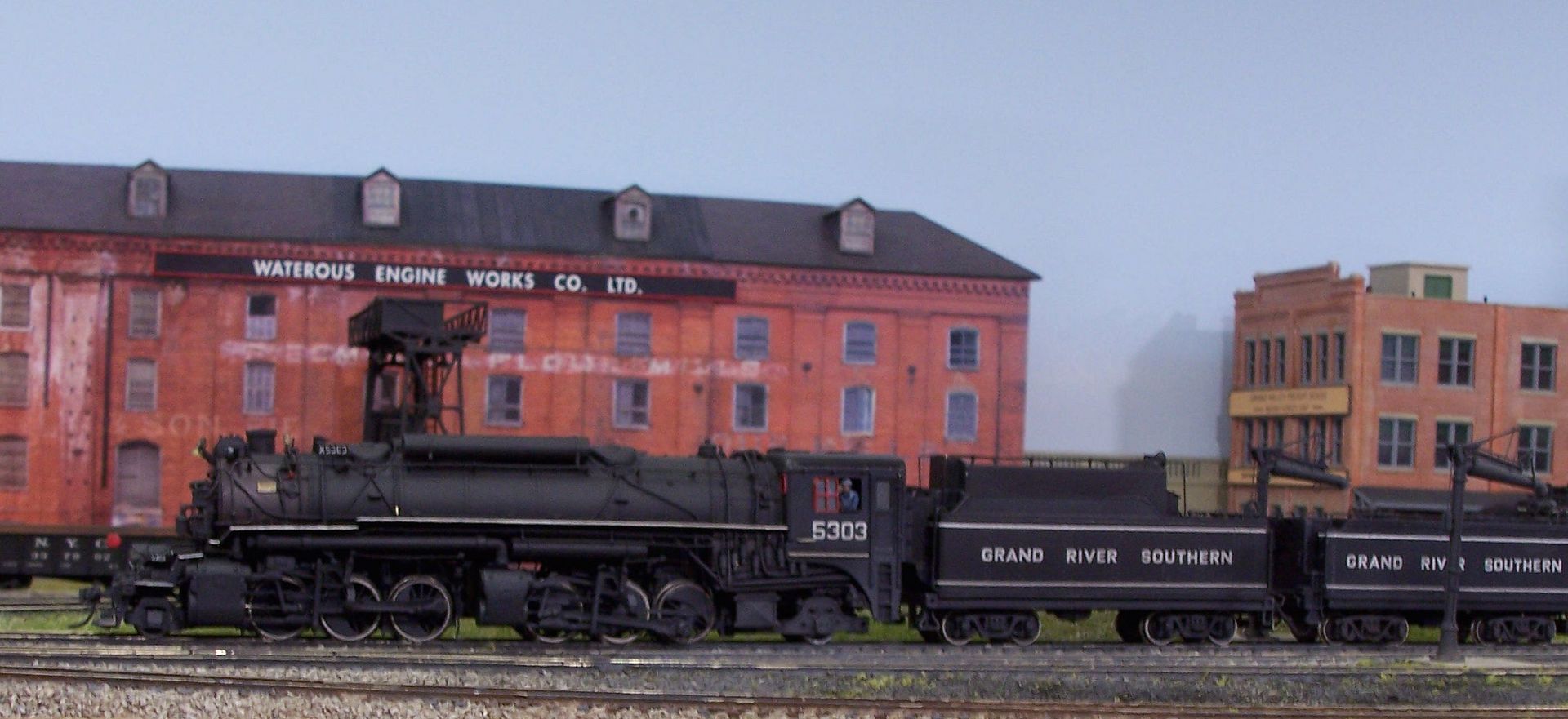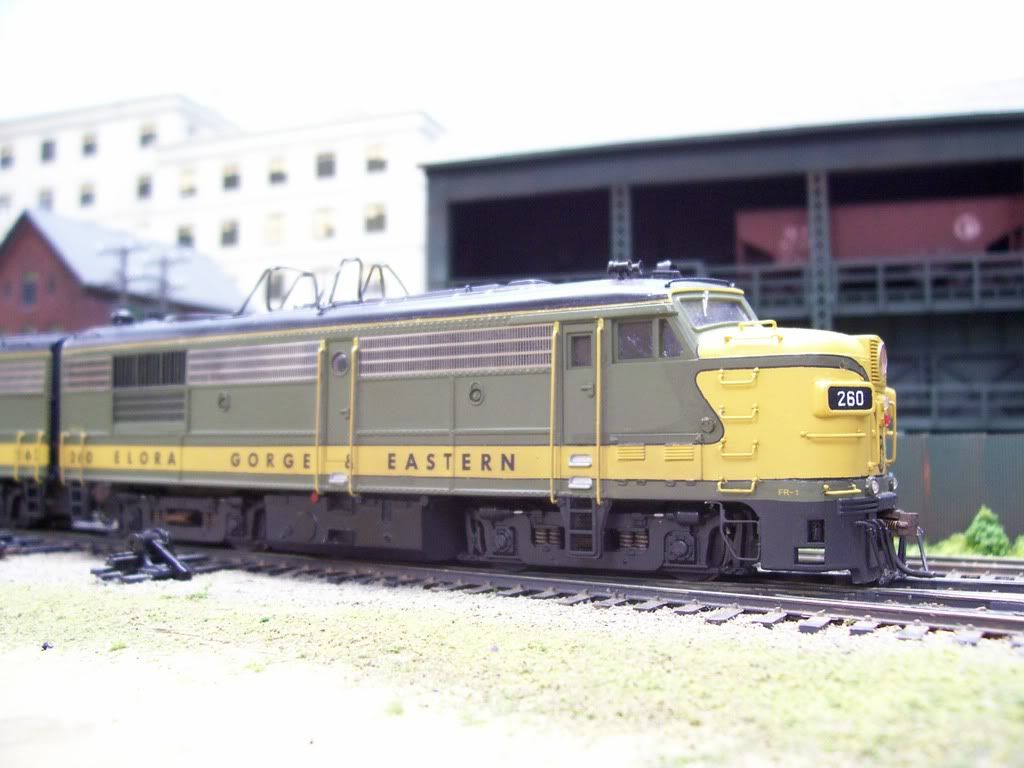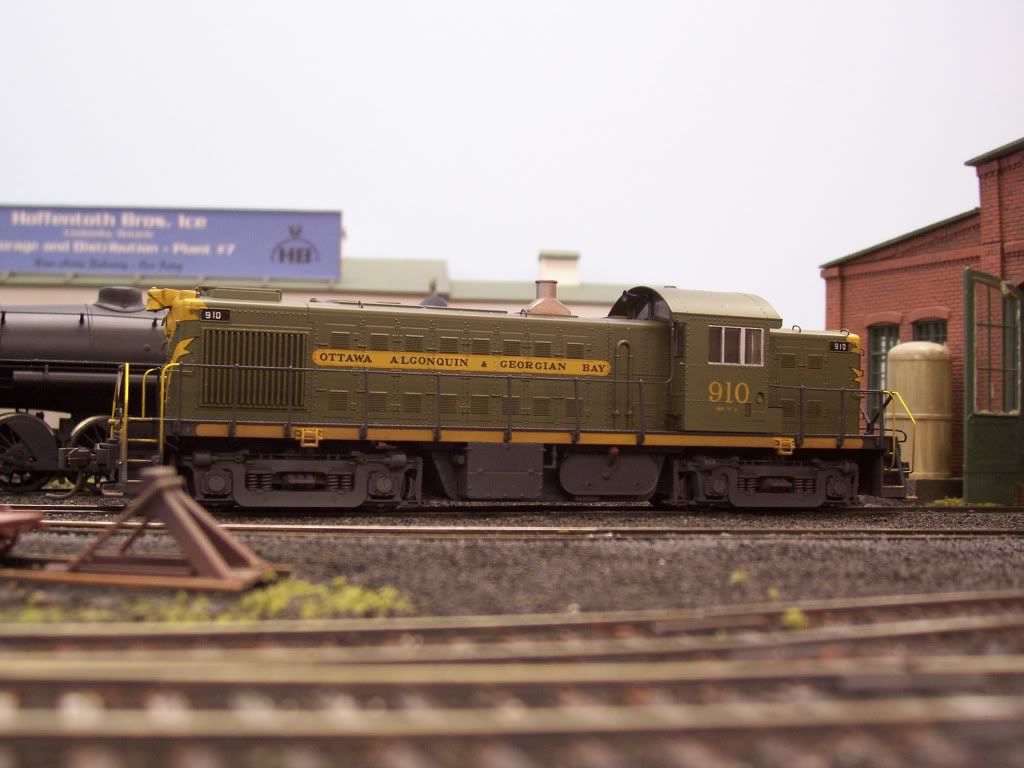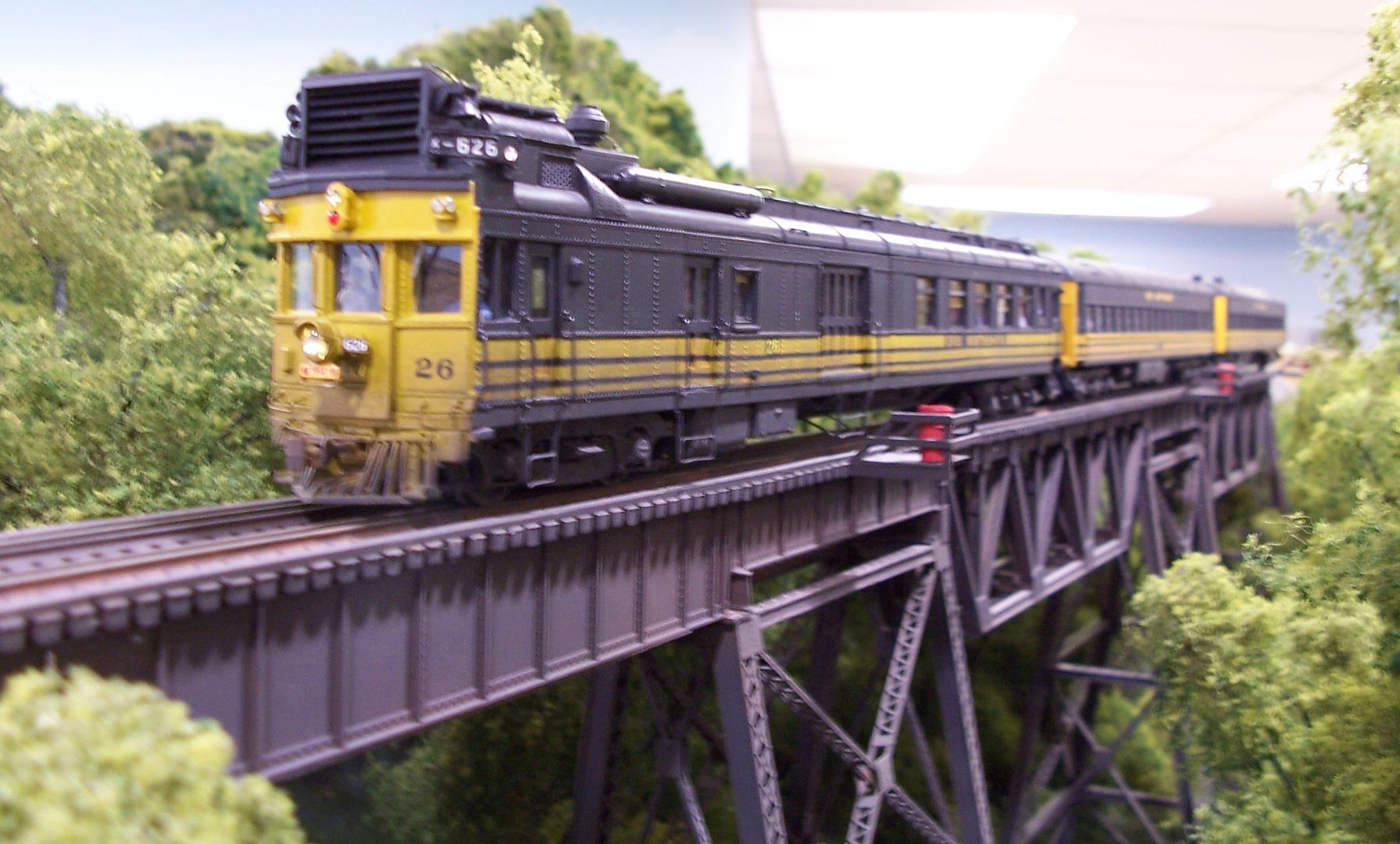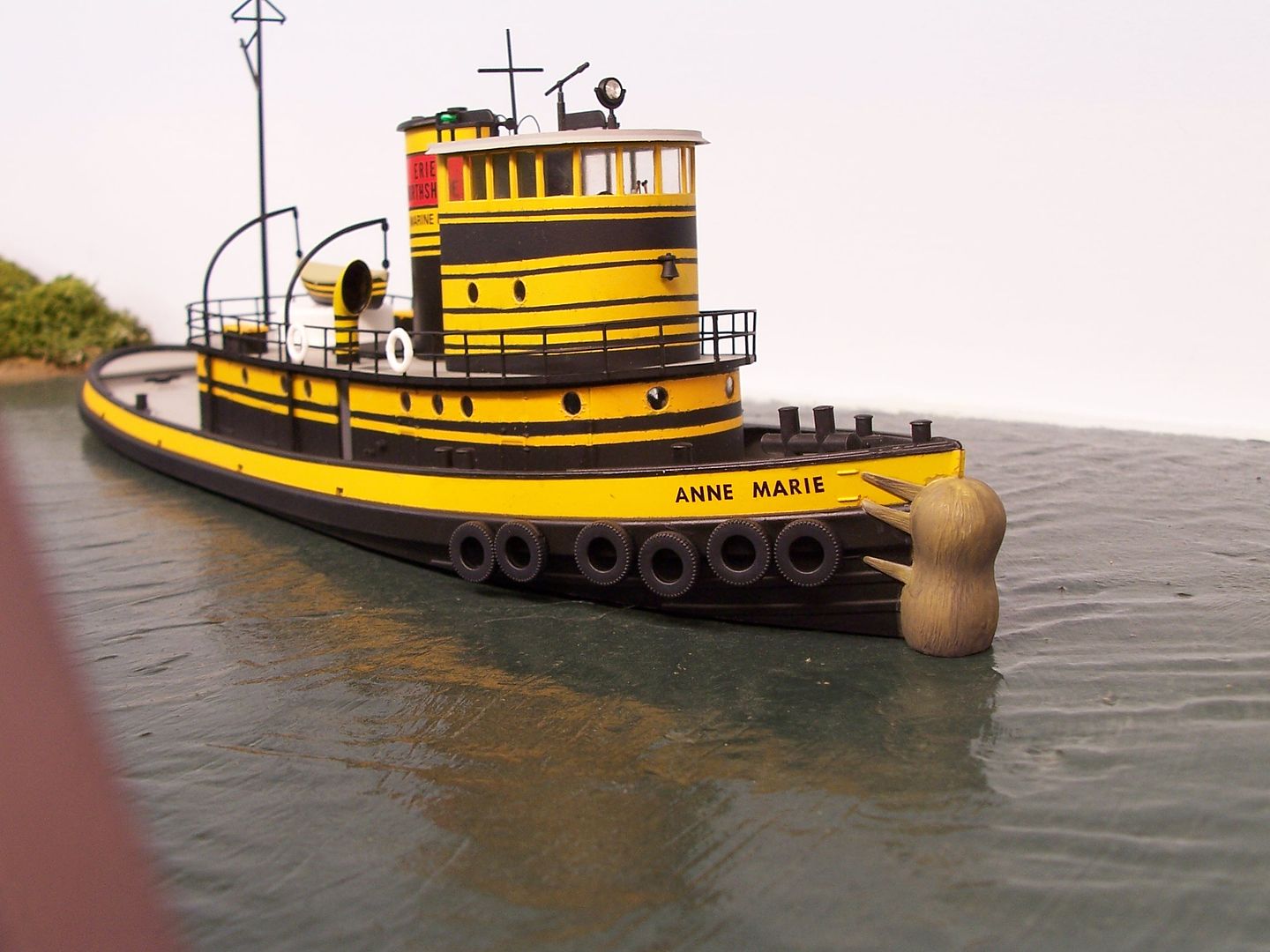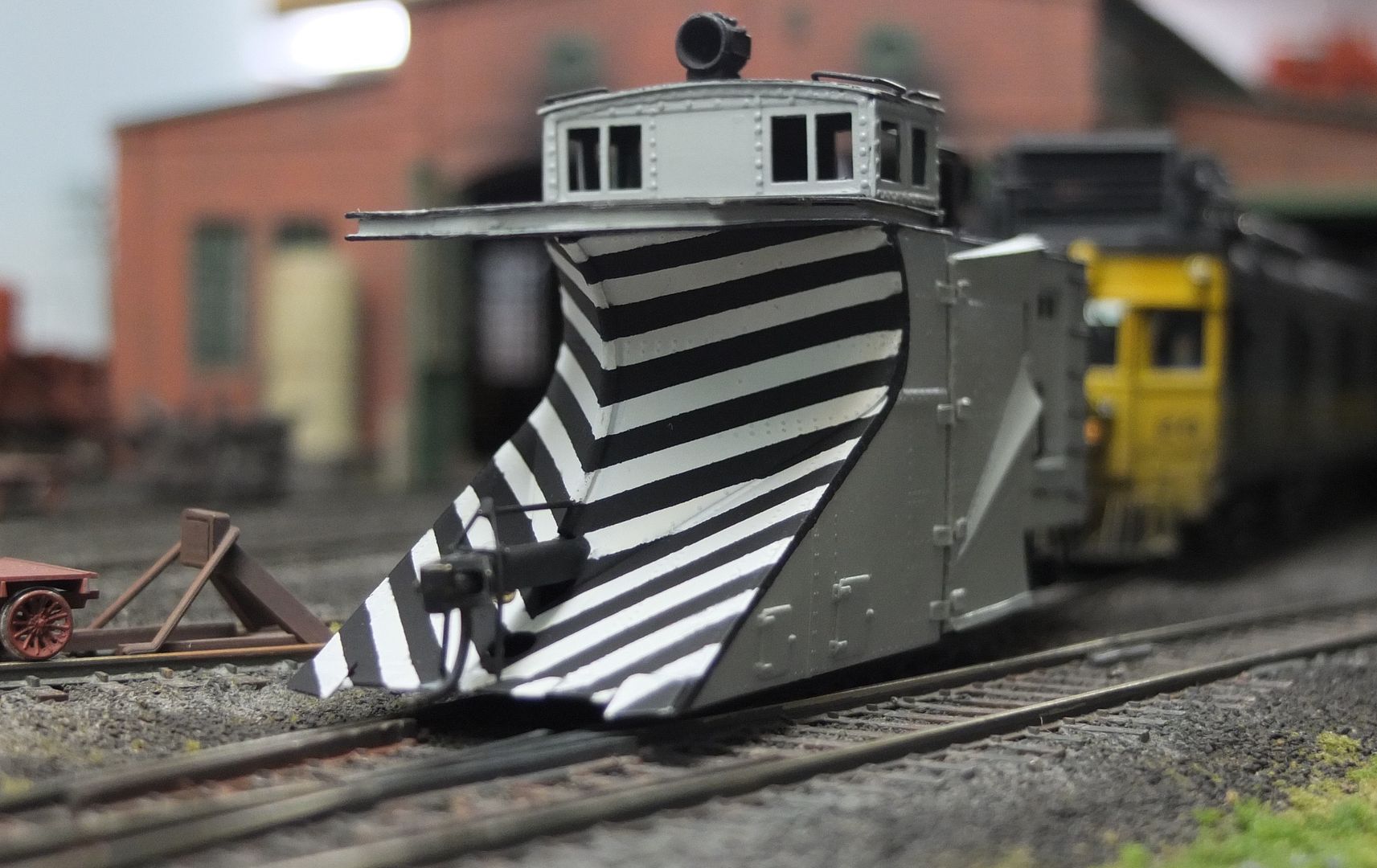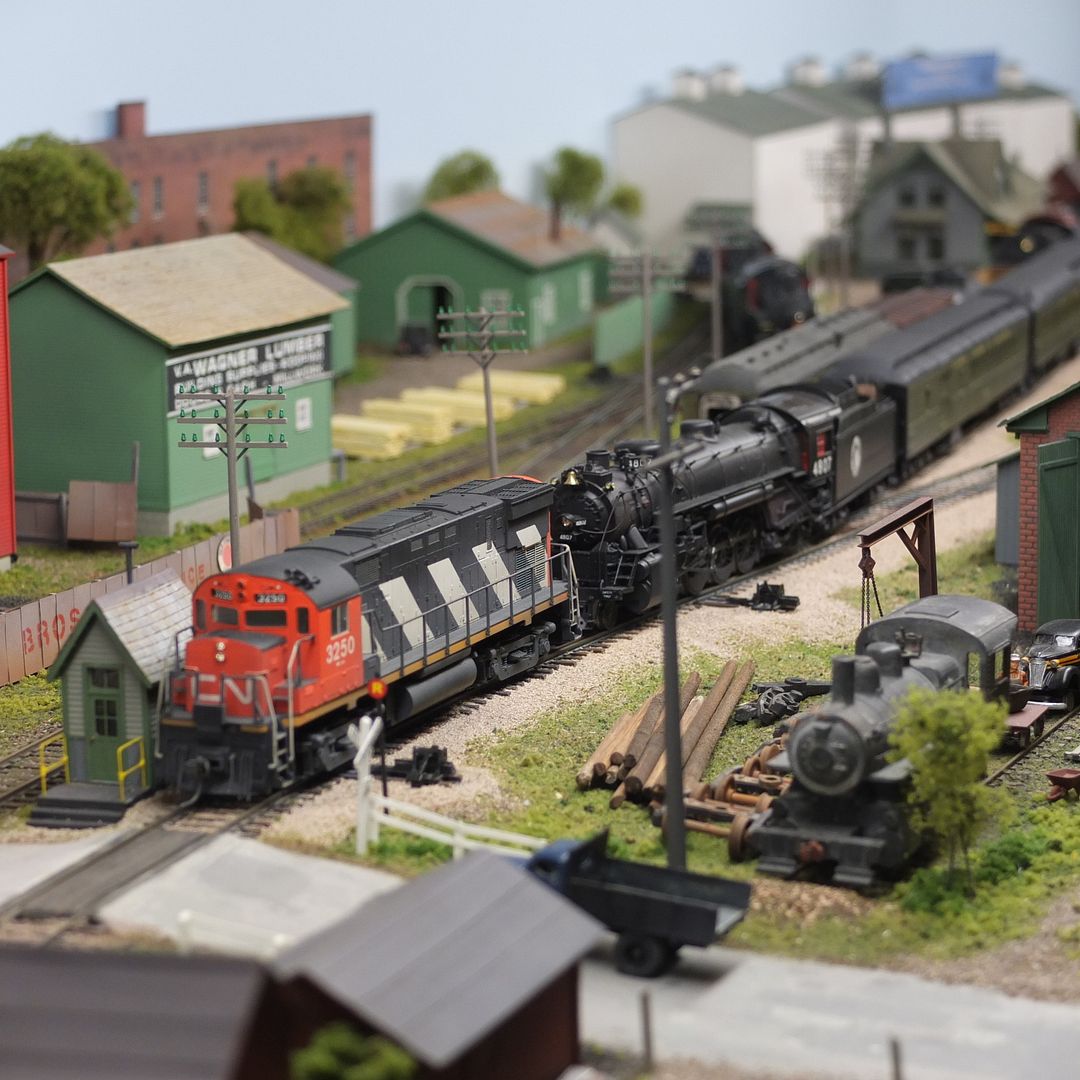Hi Vincent,
Respectfully, paint stripping your shell is the best route to take. Good news is that the older run Rivarossi, IHC, AHM, Con Cor, the early 2000’s production Walthers passenger cars (non-plated), and the new Walthers Main Line cars are EASY to paint strip. 91% ISO Alcohol, Super Clean, and ELO will work well.
(Note: 91% ISO Alcohol won’t paint strip Walthers Main Line cars. Super Clean will).
I normally use 91% alcohol but have been using Super Clean as I get a discount on it due to my job.
A. Fill a small tub with Super Clean, insert your shell upside down into the solution. (weigh it down). Allow it to soak overnight.
B. Next morning, scrub your shell, in the solution, with a medium bristle tooth brush. Paint should fall off easily. Keep toothpicks handy for those tiny stubborn flakes wedged in tight corners.
C Once finished, wash your shell in warm water and a non-moisturizing type of soap (Dawn or Ivory Liquid). Allow to dry.
D Wipe the shell with a lint free cotton cloth, lightly dampened with iso alcohol or Windex, and you are ready to paint.
D. If your stripped shell is medium gray, and there are no color blotches on the surface, you can skip the primer step and spray your color coat.
E. Friendly reminder regarding the color coat: Test spray your paint first for smoothness on a scrap sample. My early paint jobs were textured. I found that taking the extra 3 or 4 minutes to test my mixtures was worth it. I usually winded up thinning my Solvent and Acrylic paints an additional 10%.
NOTE: If YOU USE SUPERCLEAN…PLEASE WEAR GLOVES WHEN IMMERSING and WHEN SCRUBBING! I made the mistake of not wearing rubber gloves the first time I paint stripped a shell using Super Clean, and a few days later the skin on all my fingers was peeling off. Not painful, but noticeable.
Photos below are of a Walthers Main Line Shell and a Con Cor shell. I hope thi
